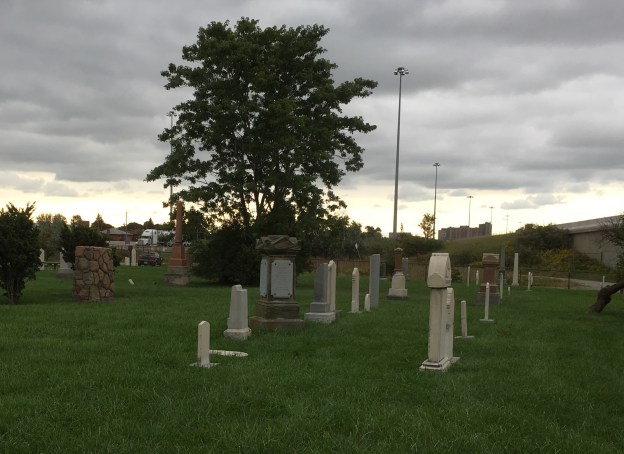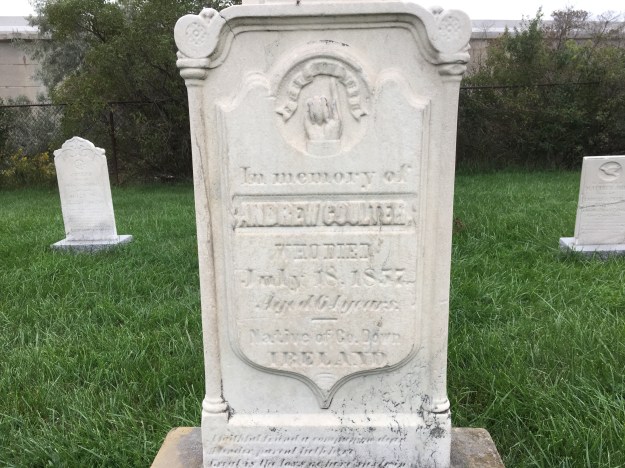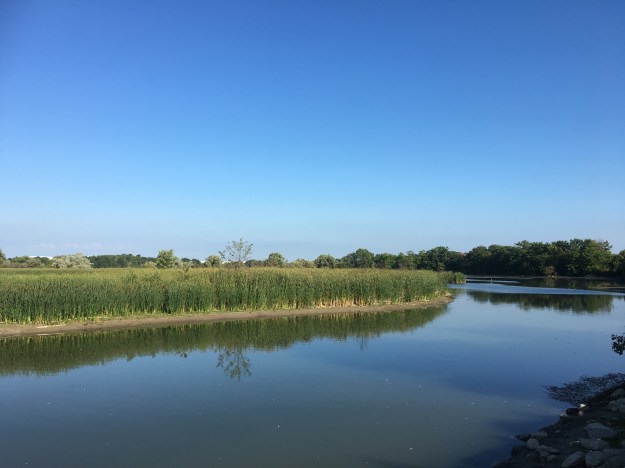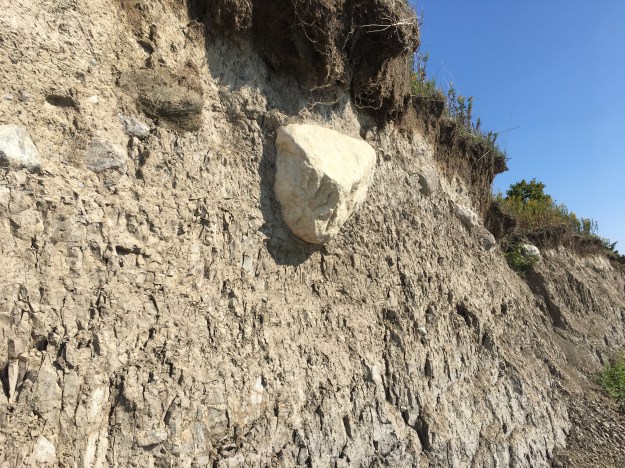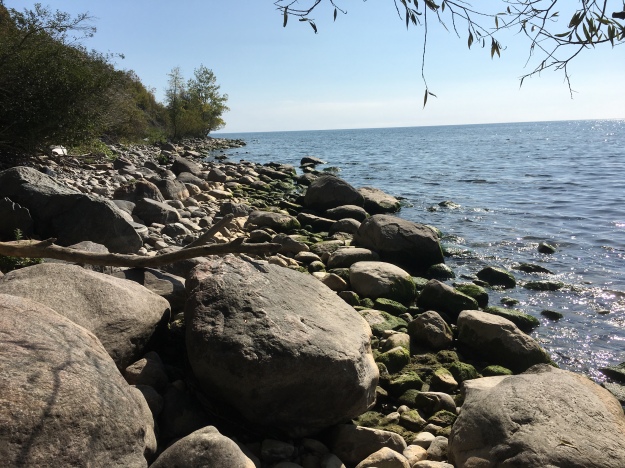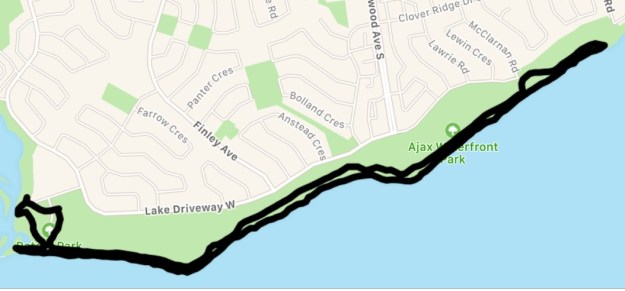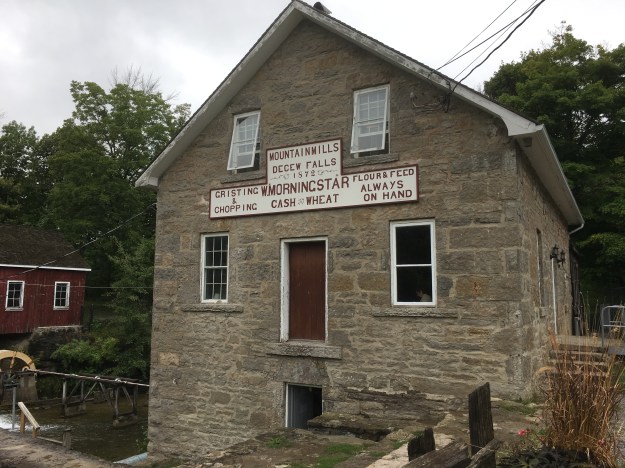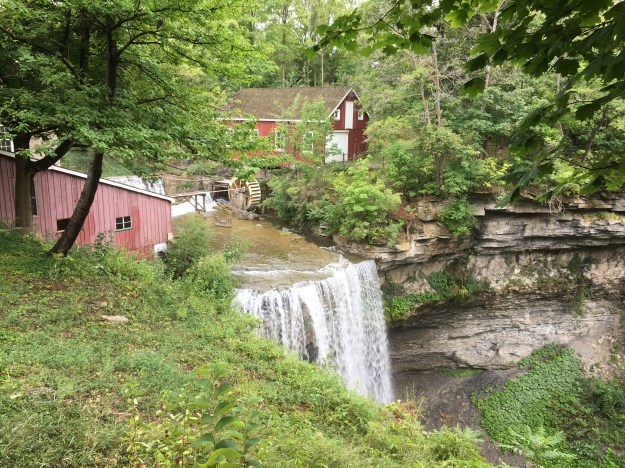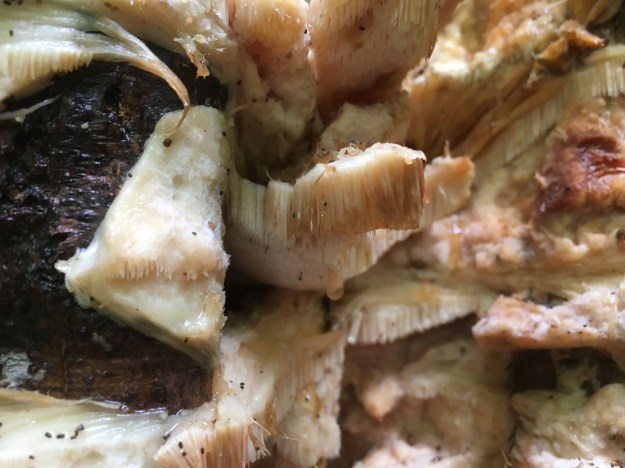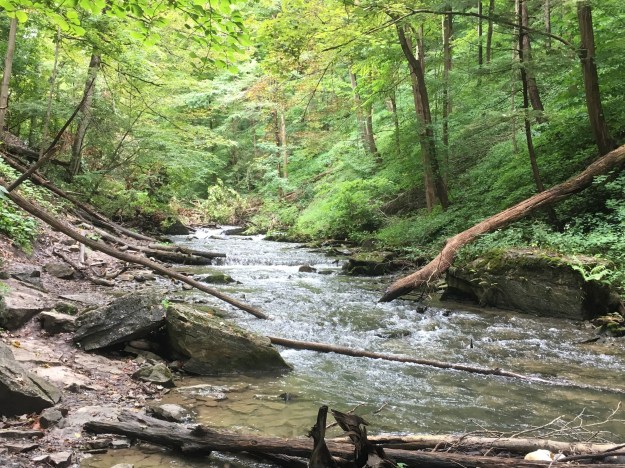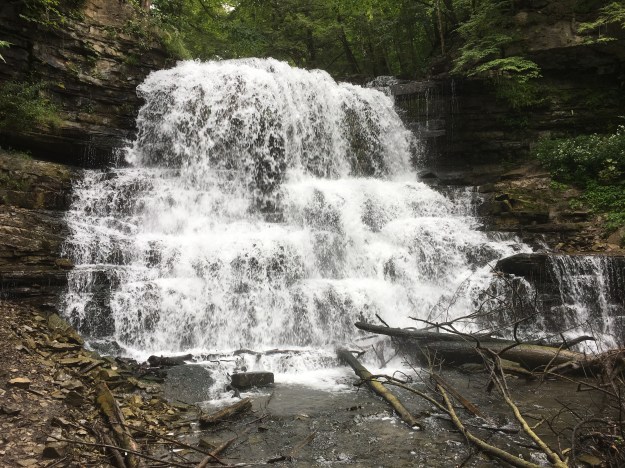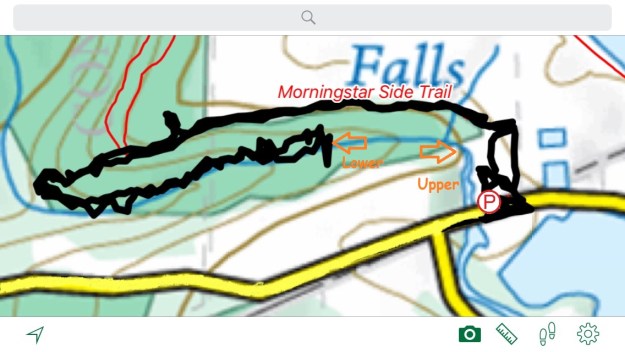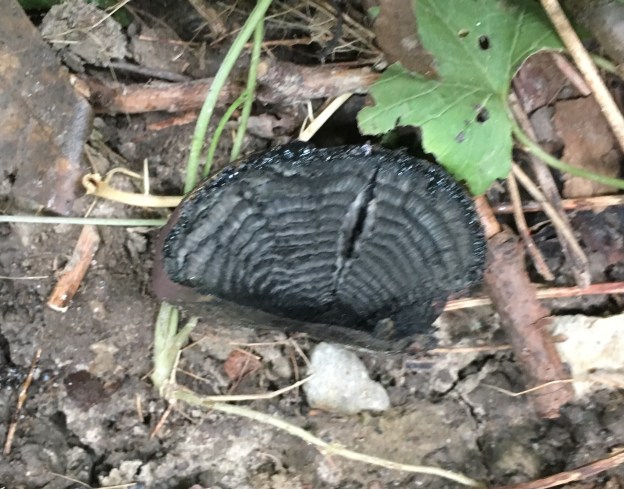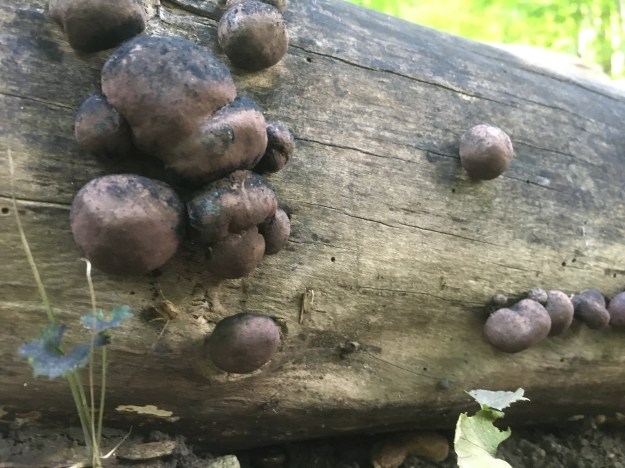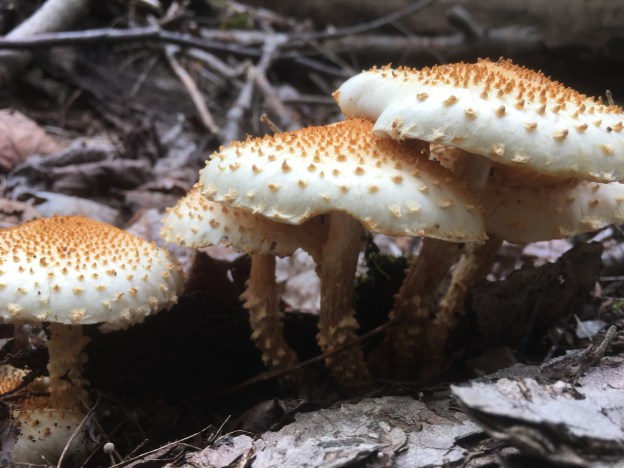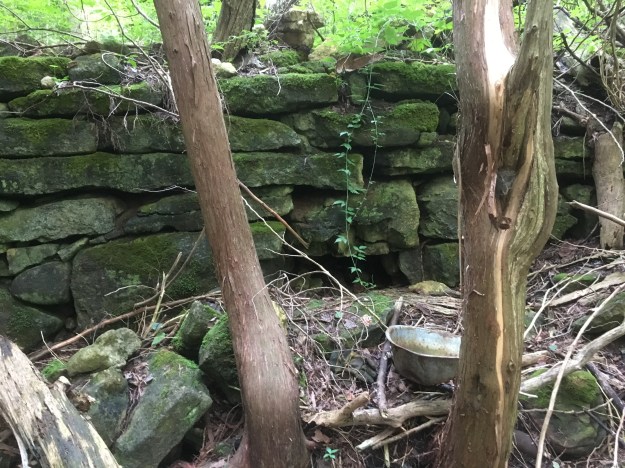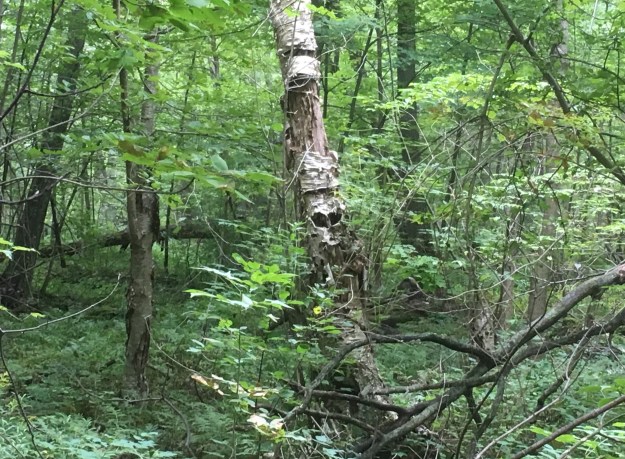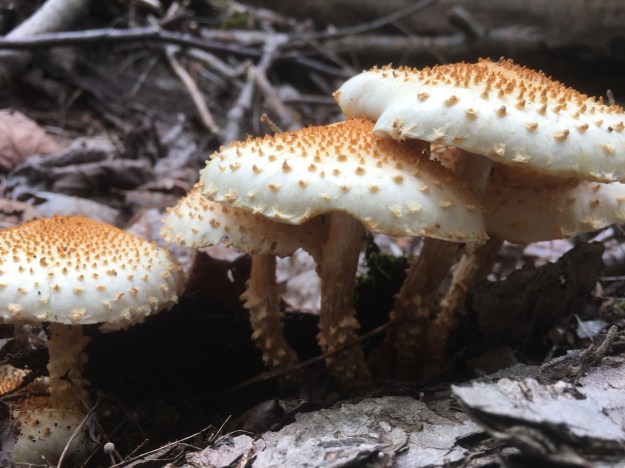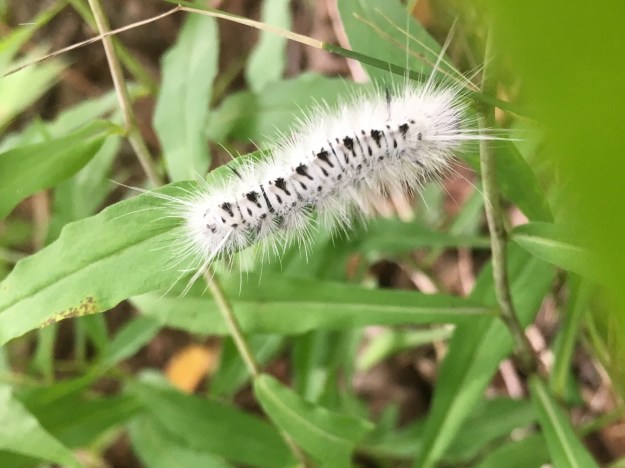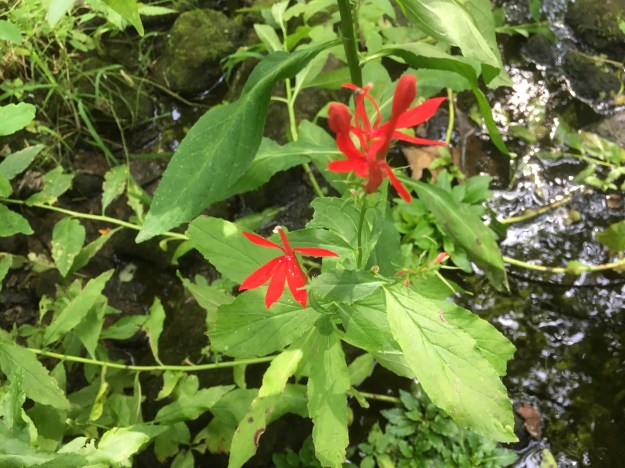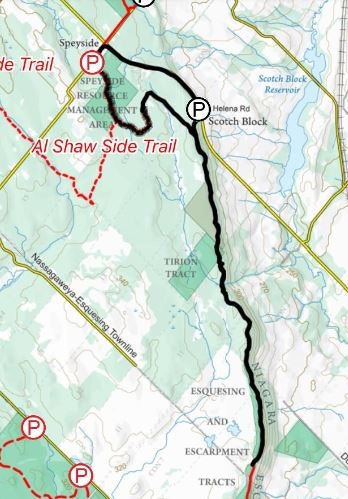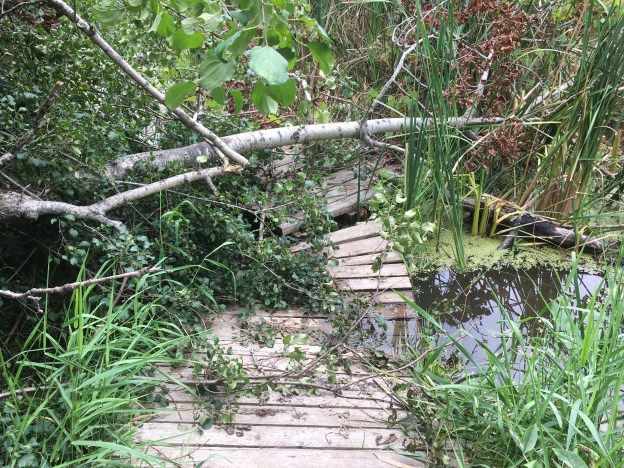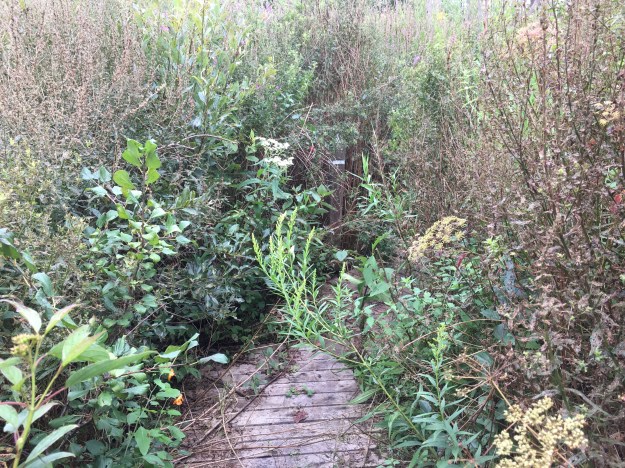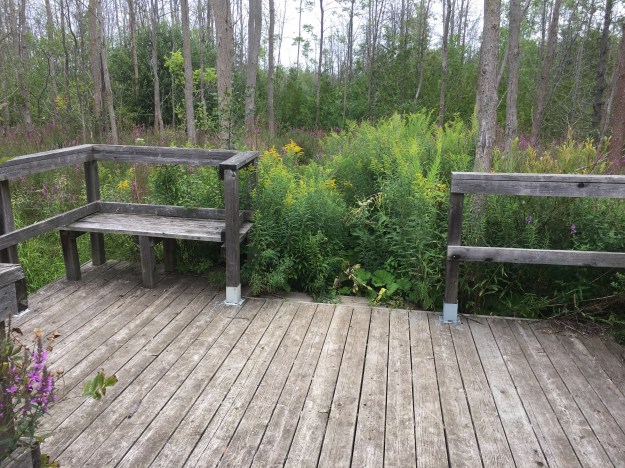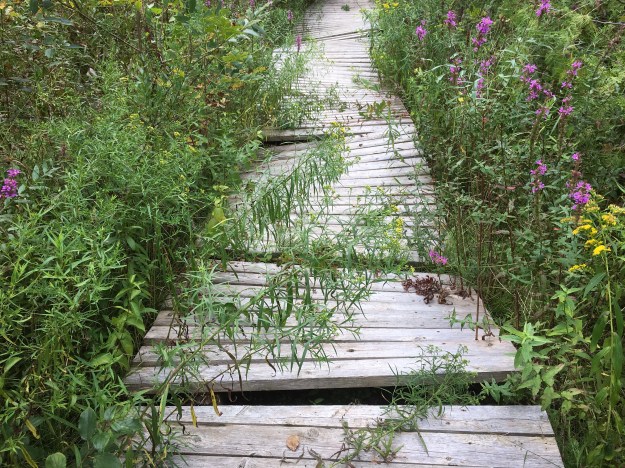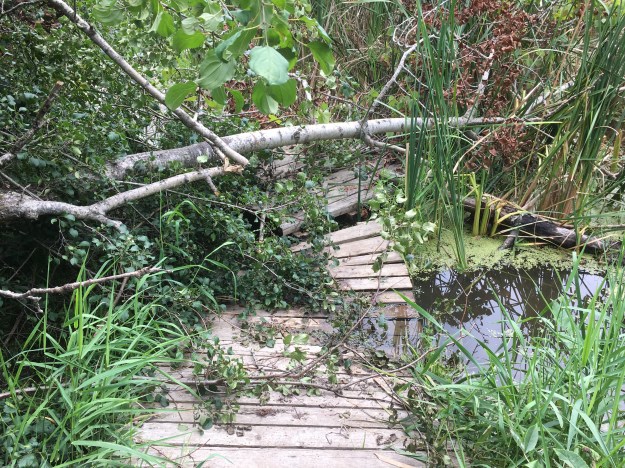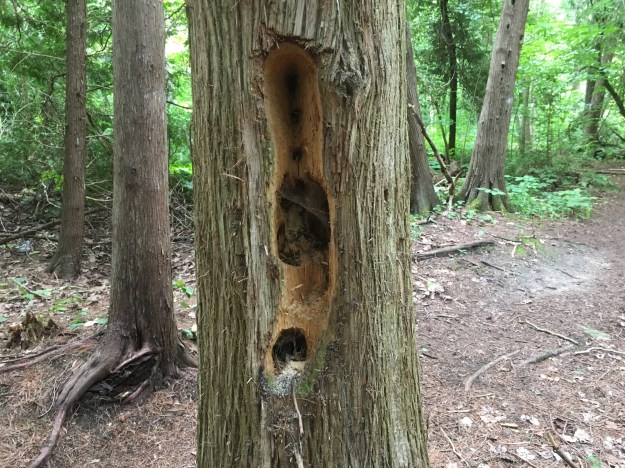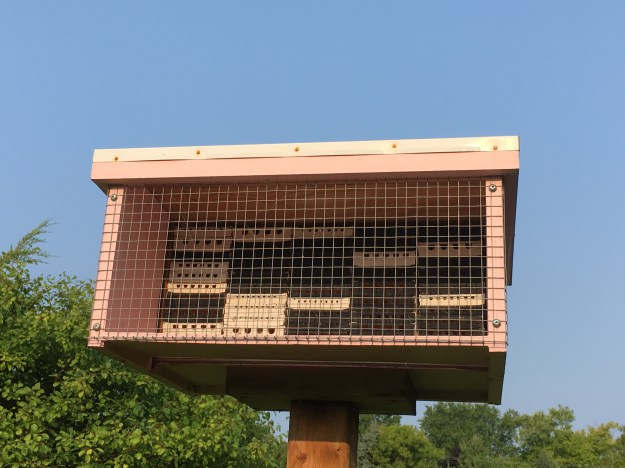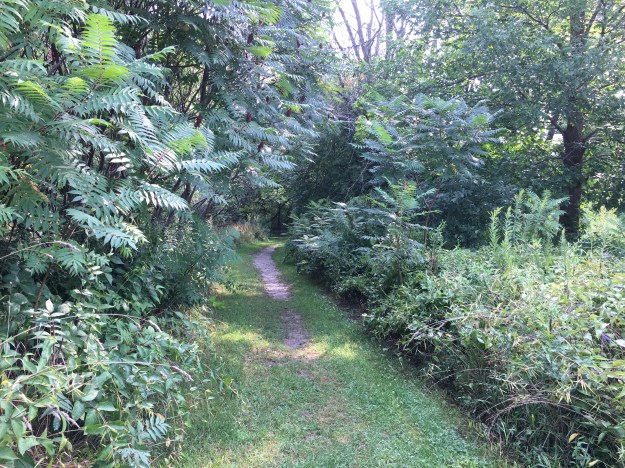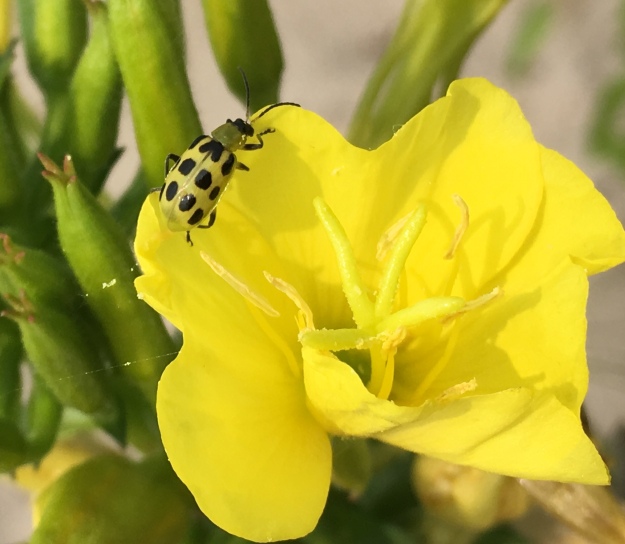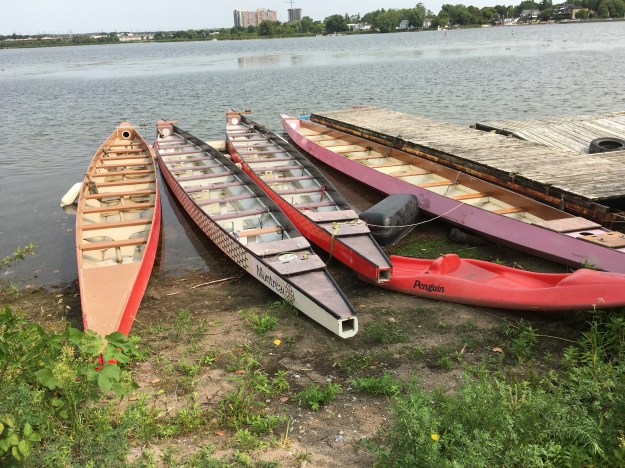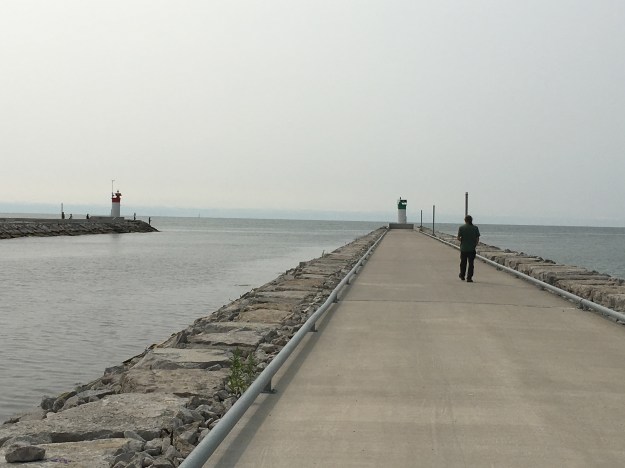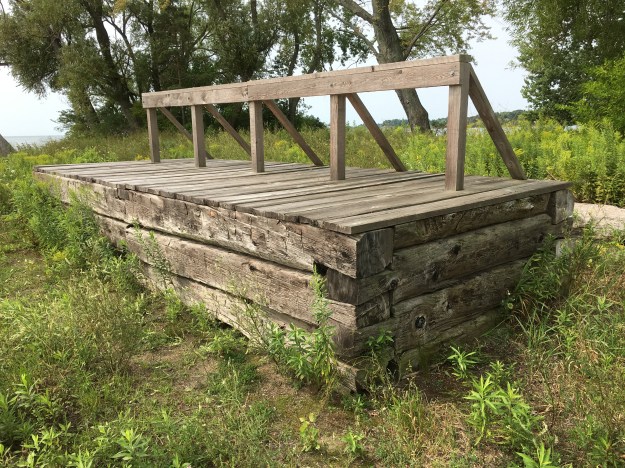Tuesday, September 28, 2018
One hundred years ago people in this city had two options if they wanted to take their children to see wild animals from around the world. The zoo at High Park was smaller then the Riverdale Zoo but both presented some interesting collections. These two Victorian zoos paid little attention to the habitat in which the animals were housed. The picture below is from the Toronto Archives and shows the polar bear display at Riverdale. The empty cage and concrete pool do not reflect a natural setting and was likely stressful to the animals.

A private citizen’s brief in 1963 made the proposal to build a new zoo which resulted in a recommendation for a location in Don Mills. This site is now E. T. Seton Park and a location was selected in Scarborough on the Rouge River. A master plan was created in 1969 and construction began in 1970. On August 15, 1974 The Metropolitan Toronto Zoo was opened. It greatly expanded the 7.4 acres of Riverdale Zoo being 100 times the size at 710 acres. Care was taken to enhance the living conditions for the animals as well as the public’s viewing pleasure. The hippopotamuses have a nice pond to cool off in and living quarters that are far more comfortable than the polar bear exhibit at Riverdale shown above.

The zoo participates in several breeding programs with other accredited zoos. Animals that are considered to be endangered in the wild are bred and where possible, the offspring are released back into the wild. There are several species of wild cats at the zoo and I tried to see all of them. The clouded leopard is considered vulnerable and there are only about 10,000 of them remaining worldwide. The tail is very long with some males having up to three feet of tail. The canine teeth are also very long being 1.4 inches and the longest in any modern feline. They are considered to be the modern saber-tooth cats for this reason.

Sulawesi Babirusa is considered to be a pig but scientist say that it may be more closely related to the hippopotamus. The name comes from the Malay words Bibi meaning pig and Rusa meaning deer because the tusks are said to look like antlers. The tusks continue to grow for the 10 years the animal lives in the wild. Specimens in zoos can live up to 20 years and if the tusks are not broken or ground down they will eventually grow to the point where they pierce the skull. Zoo workers have to keep them trimmed.

The zoo is home to snakes from all around the world including pythons and cobras. They have participated in programs to help protect the Eastern Massasauga Rattlesnake which is considered vulnerable to extinction. The population is in decline due to decreasing habitat and loss of genetic diversity in isolated populations. The snake cannot be moved from one population centre to another as transplanted snakes tend to die. The zoo now works on genetic diversity in the species through breeding programs at the zoo.

The zoo is divided into seven sections arranged by the geographic region that the animals are native to. There are both indoor and outdoor displays with some animals having the ability to move indoors or out at will. Many of the species that come from hot climates have now been at the zoo long enough that the current animals were born here and are somewhat used to our winters. The bats made me think of all the vampire shows that are popular these days. I think the red lighting was used to good effect in making the bats look creepy.

The zoo tries to be educational and to inspire city children to have a love and respect for wild animals. The information displays for each animal usually speak of the status of the animal in the wild was well as any threats to survival. Practical examples are given of ways in which we can help protect the species we share the world with. For example, the Sumatran Tiger is threatened by loss of habitat. This habitat is being destroyed for the harvesting of palm oil. Therefore we are being encouraged not to buy products that contain palm oil unless it is certified as coming from sustainable sources. As part of the educational program they sometimes have displays of skeletons. This hippopotamus skeleton shows just how scary those teeth can be.

Cheetahs are the fastest land animals but are considered vulnerable as far as conservation status is concerned with only about 7,100 animal in the wild. They have a very high infant mortality rate with some estimates being that only 4.8% of cubs survive until they are weaned. Three quarters of those killed as infants fall prey to lions.

It was interesting to watch how the animals reacted to their human keepers. I was beside the lynx when the keeper arrived to feed him and clean up his droppings. The lynx had been sitting in the shade when he heard the keeper’s keys in the lock. He moved closer to the door and then sat down to watch. The keeper entered the cage and replaced the old food with fresh meat. The lynx watched this but did not go straight for the food, instead waiting for the keeper to leave and return with a shovel and rake. It waited while the man cleaned up the piles of droppings in the enclosure and left again. It then moved over to the feeding platform and began to eat. The keeper never spoke to the animal but it was clear that he was unafraid of being attacked.

There is always some debate about keeping wild animals in captivity. Some will say that wild is wild and there is no responsible way to keep them in captivity. I personally think the animals in the zoo are comfortable, well fed and taken care of. They typically have longer life spans than those in the wild and are free from predators and illnesses. The specimens at the Toronto Zoo appear quite relaxed and happy if this otter is any example.

The zoo has over ten kilometres of trails that wind past the enclosures for over 5000 specimens. It is the largest in Canada and one of the biggest in the world. It is constantly going through improvements and expansions of the displays. In the near future the Canadian section is scheduled to be moved from the Rouge Valley back up onto the table lands above.

The zoo is a place that needs more than a few hours to explore and fully appreciate. At $41 for parking and single admission it is a little expensive but by becoming a member or adopting an animal you can get free admittance.
Google Maps link: Toronto Zoo
Like us at http://www.facebook.com/hikingthegta
Follow us at http://www.hikingthegta.com

